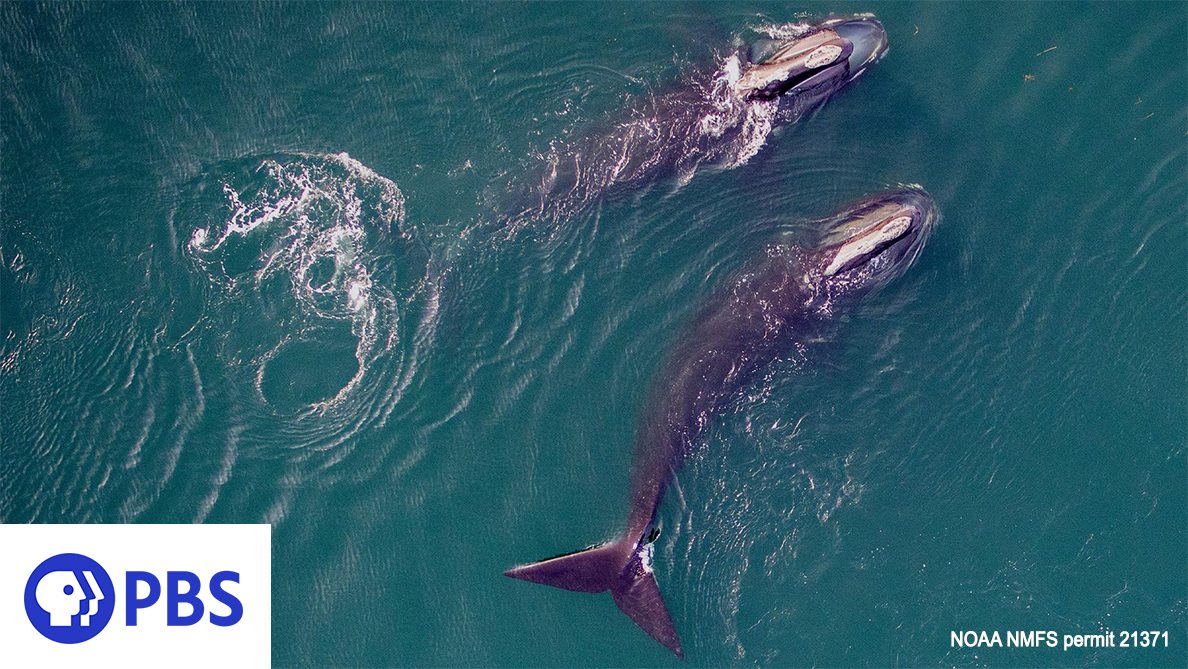Feature on News & Insight
Study offers first definitive proof that Gulf Stream has weakened
“New research from the Woods Hole Oceanographic Institution offers the first conclusive evidence that the Gulf Stream has weakened. The powerful ocean current off the East Coast influences regional weather, climate and fisheries, and the finding could have significant implications both for New England and the global climate.”
Read MoreGulf Stream Has Weakened by 4% in the Last 40 Years, Study Reveals
A new study has confirmed that the Gulf Stream has been becoming weaker, which could lead to grave implications for one of the Earth’s biggest weather systems.
Read MoreWoman with local ties launches into space to work on the International Space Station
Could a wave ‘speed bump’ protect coastal communities from storm surge?
What is the future of submersibles after Titan implosion?
In a geologic triumph, scientists drill a window into Earth’s mantle
The Upper Atmosphere Is Cooling, Prompting New Climate Concerns
New England coast heating up faster than other bodies of water, creating challenges for marine life
NOVA: Saving the Right Whale
Experts from WHOI, Center for Coastal Studies, and NOAA are among the specialists determined to save this critically endangered species.
Read MoreWoods Hole researchers use robot to study endangered emperor penguins
Scientists discover pristine deep-sea Galápagos reef ‘teeming with life’
New technology tries to protect whales
Drilling Deeper Into Ocean Floor in Search for Origins of Life
Newly released video shows Titanic wreckage before decades of deterioration
Environmental projects to watch on Cape Cod
Endangered Whales Get Lifeline From High-Tech Lobster Traps
Submersible Technology Advances At Speed At WHOI
Two Kinds of Warm Core Rings Emanate From the Gulf Stream
Warm core rings are isolated ocean eddies that hold warm and salty water of the Gulf Stream and Sargasso Sea. As they travel long distances, warm core rings play very important roles in transporting heat, salt, dissolved and undissolved constituents of the ocean.
Read MoreHow eDNA Might Transform the Search for Missing Service Members
Woods Hole scientists exploring what’s inside the ocean’s ‘twilight zone’
The story of the ocean is one of depths and mysteries as vast as space, where more is unknown than understood. This story specifically, though, is about a place where light and shadow meet, and the layer in which creatures are straight out of your imagination. The next stop on our journey is the ocean twilight zone.
Read MoreWhere food is scarce, ocean predators find snacks in swirling eddies
One of the last places you want to be hungry out on the open ocean is the North Pacific Subtropical Gyre. Being home to the Great Pacific Garbage Patch is just one factor. A gyre is a large system of rotating currents ocean currents. There are five of major ocean gyres, where the ocean churns up eddies (smaller and more temporary loops of swirling water), whirlpools, and deep ocean currents. Even without trash islands, gyres are typically nutrient poor (ie not a lot of snacks), yet help sustain some of the ocean’s top predator fish.
Read MoreRevealing 99% of the ocean floor: WHOI’s submersible Alvin reaches new depths
The adage that nearly three-quarters of the ocean floor is unreachable is no longer true. On July 21, the Woods Hole Oceanographic Institution’s human-occupied submersible Alvin reached a record-breaking depth of 6,453 meters — or 4 miles — in the Puerto Rico Trench north of San Juan, Puerto Rico.
Read MoreGreatest Migration on Earth Happens under Darkness Every Day
Every evening around the world trillions of zooplankton, many smaller than a grain of rice, hover hundreds of feet below the surface of the sea, waiting for their signal. Scientists long considered these tiny animals to be drifters, passive specks suspended in the ocean, moved by the whims of tides and currents.
Read MoreIt Looks Awkward, but This Fish Has a Secret Glow
What color is a lumpfish? The answer is more complicated than you might expect. These bumpy, bottom-dwelling fish, found in the North Atlantic and parts of the Arctic Ocean, come in a variety of colors, which change as the fish age. However, scientists think they have pinned down the fish’s true color — fluorescent green.
Read More




















